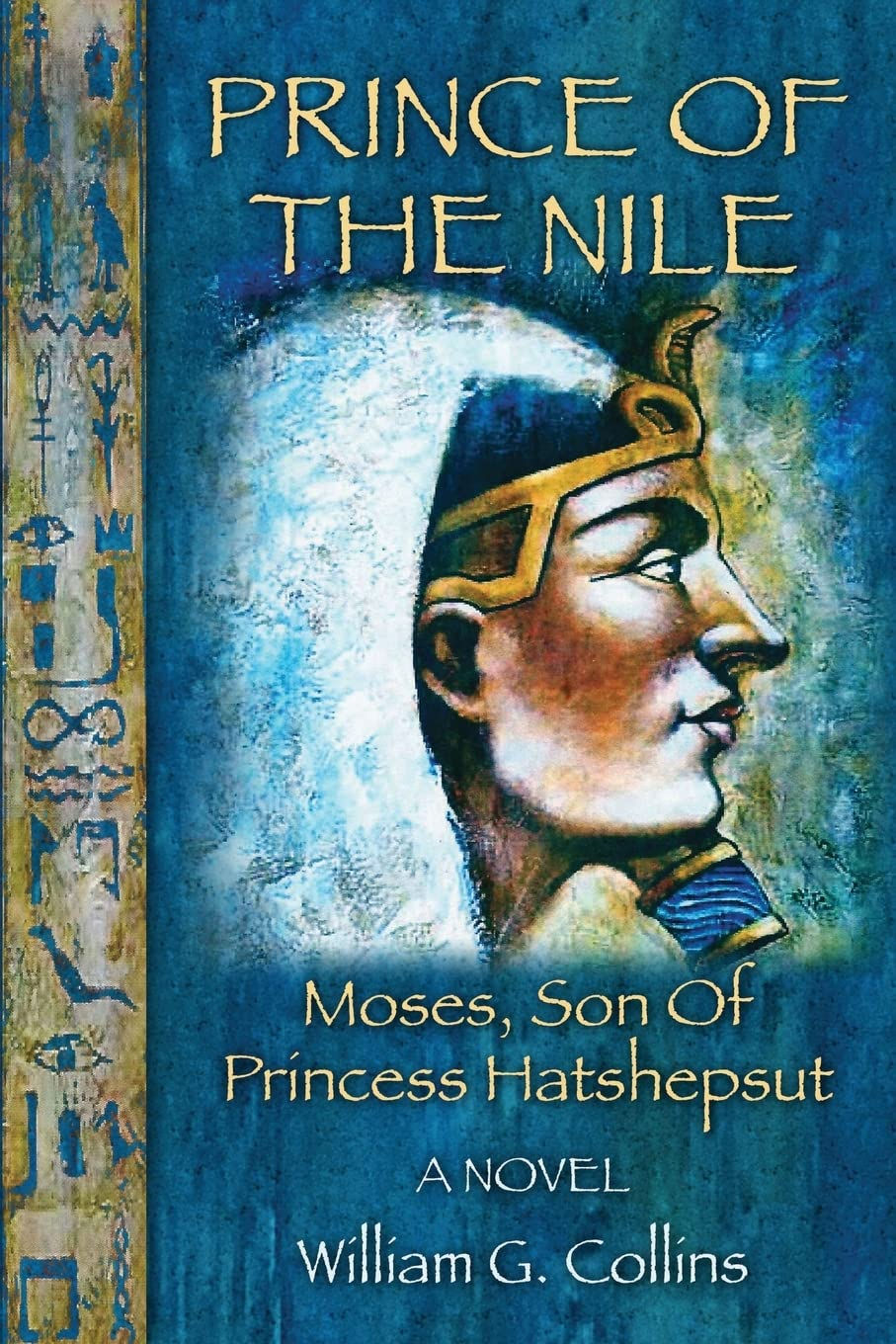The Discovery of the Lost Pyramid of Dahshur: a 4,000-Year Mystery
- Vanessa Chamma

- 12 de fev.
- 3 min de leitura
Atualizado: 8 de jul.
In February 2025, archaeologists made an extraordinary discovery in the necropolis of Dahshur in Egypt: a pyramid that had remained hidden beneath the desert sands for more than 4,000 years. This structure, which housed the remains of a hitherto unknown Egyptian princess, has revealed intriguing secrets and raised new questions about the history of Ancient Egypt.
Egypt | Archaeology | Lost Pyramid of Dahshur

The Site and the Discovery
Dahshur, located about 40 km south of Cairo, is one of Egypt's most important royal necropolises, known for housing some of the first smooth-sided pyramids, such as the Curved Pyramid and the Red Pyramid, built during the reign of the IV Dynasty pharaoh Sneferu. The discovery of the “Lost Pyramid” occurred during excavation work in a quarry, when workers found finely cut limestone blocks, indicating the presence of a hidden structure.
The Opening of the Sealed Chamber
The pyramid drew attention because it was apparently sealed, a rarity in Egyptian tombs, which have often been looted over the centuries. Following permission from Egypt's Ministry of Tourism and Antiquities, a team of archaeologists, led by British Egyptologist Dr. Chris Naunton, opened the burial chamber for the first time in millennia. The documentary Mystery of the Lost Pyramid, shown on the Smithsonian Channel, recorded the historic moment.
The Scenario of Chaos
Upon entering the chamber, the archaeologists expected to find untouched treasures and historical artifacts. However, they were met with a scene of disarray: displaced blocks, damaged structures and no valuables. The chamber had been looted, even though it had been sealed for millennia. This discovery led experts to describe the site as an “ancient crime scene”.
The Enigma of the Looting
The big question that arose was: how was the chamber looted if it was sealed? The most plausible hypothesis is that the looting took place before the pyramid was sealed. Dr. Naunton suggested that those responsible for the sealing may have tried to cover up the crime, creating what he called a “perfect crime”. This theory points to a possible period of political instability during the 13th Dynasty, when palace intrigues and corruption were commonplace.
The Identity of Princess Hatshepsut
Inside the chamber, archaeologists found a canopic chest with damaged hieroglyphics. Using advanced scanning technology, they deciphered the name of the tomb's occupant: Princess Hatshepsut, a royal figure from the 13th Dynasty who had not been recorded in any known historical document. The existence of a pyramid dedicated to her suggests that she played a significant role in the royal court, although her story has been erased.
Historical Implications
The discovery of Princess Hatshepsut and her pyramid opens a new chapter in Egyptology. It not only reveals the existence of a hitherto unknown royal figure, but also raises questions about the political and social dynamics of the 13th Dynasty. Why was his memory erased? Who ordered the looting of his tomb? These questions remain unanswered, but they highlight the complexity of Egyptian history.
Conclusion
The Lost Pyramid of Dahshur is a reminder that Egypt still holds many secrets beneath its sands. This discovery not only enriches our understanding of Egyptian civilization, but also challenges us to rethink what we know about its dynasties and historical figures. As archaeologists continue to investigate the site, new revelations may emerge, rewriting parts of the history we thought we knew.

This novel about the life of Moses is unlike any other. It ends where most stories about him begin - at the burning bush! Born a slave, but destined to rule over Egypt, the Prince of the Nile must face a destiny for which he is unprepared. In these vivid pages, we see the drama and mysteries of Moses' life in a new light - his rescue in infancy and adoption by Princess Hatshepsut, and his transformation in the crucible of the desert. Moses is perhaps the most commanding presence in the Old Testament. The novel also features his adopted mother - Princess Hatshepsut - simply referred to in holy writings as "Pharaoh's daughter". Married to Thutmose II, she begins her rise to power as co-regent with her stepson, Thutmose III. When her husband dies, Hatshepsut declares herself Pharaoh and assumes power.
As a participant in the Amazon Associates Program, I receive payments from qualifying purchases.
Hello, reader!
Your opinion is very important to us! That's why we would like to inform you that you can simply sign up to comment on articles. This is your space to share ideas, ask questions, make suggestions or simply exchange experiences with other readers.
We believe that dialogue enriches the content and helps us grow together. So, feel free to leave your comment! Remember that all comments are moderated to ensure a respectful and productive environment for everyone.
Join us and be part of this conversation! 😊





Comments